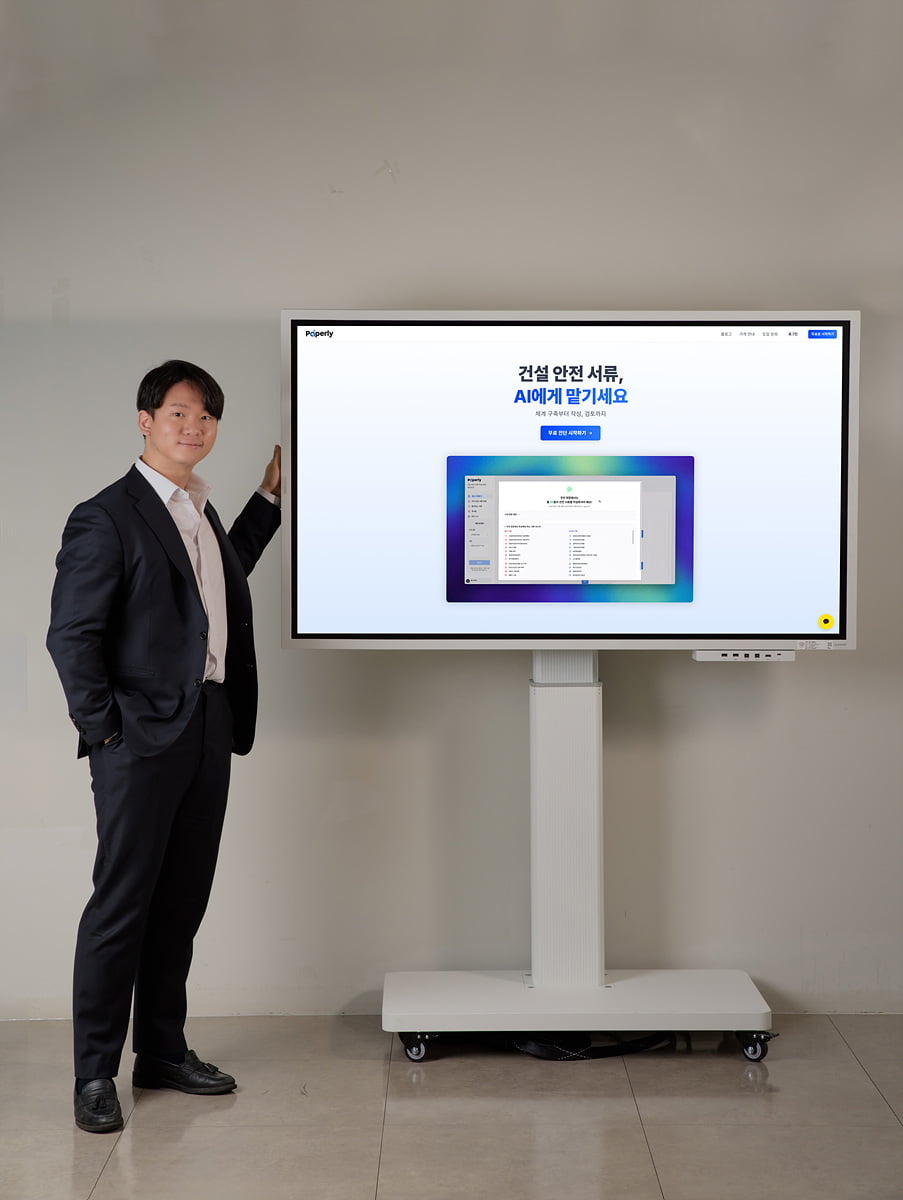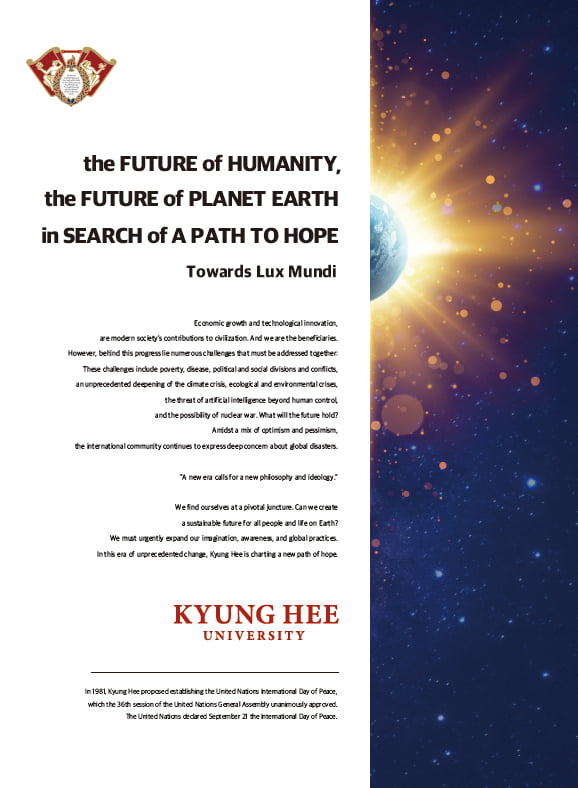
“While pursuing a graduate degree in construction safety at Seoul National University, I saw firsthand how excessive and inefficient documentation burdens workers on-site,” says Ahn. "Safety documents are mandatory across the entire construction value chain, from bidding to demolition. These documents are demanded by multiple authorities, including the Ministry of Labor, the Ministry of Land, the headquarters, inspectors, and local governments. Because each entity uses its own template, paperwork becomes bloated and inconsistent, adding to the already heavy workload of practitioners. I realized this wasn’t a problem that legislation or policy alone could fix, and decided to build a technological solution instead.”
Construction sites are legally required to produce a wide range of safety documents in compliance with regulations like the Occupational Safety and Health Act, the Construction Technology Promotion Act, and the Serious Accidents Punishment Act. Particularly since the implementation of the Serious Accidents Punishment Act, which allows for criminal liability of CEOs in the event of a fatal accident, the volume and gravity of documentation have only increased. As a result of drafting a multitude of documents, practical guidance and advice for actual safety management often gets pushed aside, leaving site managers plagued by anxiety, wondering, "Have I perhaps missed any required documents?" or "Am I truly completing this correctly?" Ultimately, the reality is that these numerous documents are devolving into mere administrative tasks rather than serving as tools for safety.
"Initially, the reality of safety managers working overtime daily on paperwork, and consequently being unable to attend to the site, thus leading to accidents, was profoundly regrettable," Ahn recalls. “So, I spent several months interviewing safety professionals to understand why this happens so often, how widespread the issue is, which sites are most affected, and how people are currently managing it.”
Paiperly validates automation technology for various safety documents, not only for on-site safety management but also those mandated during the design and pre-commencement phases, such as the Design Safety and Health Register, Construction Safety and Health Register, Hazardous and Risk Prevention Plan, Safety Management Plan, and Design Safety Review Report. Additionally, the company also provides industrial safety consulting services to help firms comply with the Serious Accidents Punishment Act. Within just two months of launching, Paiperly generated over 20 million KRW in revenue.
“Paiperly’s competitive advantage lies in the fact that it does not merely conclude with simple consulting,” Ahn explains. “Although many consulting and technical guidance services have emerged since the introduction of the Serious Accidents Punishment Act, ultimately, none of them can alter the structure where ‘the safety manager alone must complete all documents.’ While consulting can identify necessary tasks, it does not support the daily, repetitive documentation workload; therefore, the practical burden consistently remains with the site managers. Paiperly's core objective is to support, by having an AI Agent participate in the actual documentation process, enabling even novice safety managers to perform safety tasks at a veteran level and to draft high-quality documents."
Paiperly continues to pursue practitioner-centric service development, driven by a 'Giver's' mindset. The company maintains an open-access resource library containing essential templates and materials for construction safety practitioners, and also publishes a blog and newsletter featuring updates on Ministry of Labor inspection schedules, serious accident alerts, and general construction safety news.
This year, Paiperly is conducting PoC (Proof of Concept) projects with 20 construction companies. Starting next year, it plans to launch its services commercially and aims to secure 100 B2B clients by early 2026. After achieving this milestone, the company is preparing to raise follow-on funding.
Paiperly's team includes CEO Seong Won Ahn, who oversees sales and operations. Mu-Jong Kim, an experienced entrepreneur, leads AI Agent design and product strategy. Chae Woon Lee, a former LINE developer, is responsible for product and technology development.
Looking ahead, Ahn states, "Our goal is to automate over 90% of the safety-related paperwork on construction sites using LLMs and AI agent technology. In the short term, our objective is to dramatically reduce the time safety managers spend on documents so they can focus on their primary role: providing guidance and oversight.” He adds, “In the long term, we aim to become the world’s leading vertical AI agent company, one that drives regulatory compliance, reduces costs, and shortens timelines across the entire construction lifecycle.”
Established : February 2025
Core Business : AI Agent for automating construction safety documentation
Key Achievements : Raised 200 million KRW in pre-seed funding, Selected for the 2025 Kyung Hee University Campus Town program, Admitted to the 15th cohort of the Youth Startup Academy
reporter jinho lee
jinho2323@hankyung.com










 (мЈј)н•ңкөӯкІҪм ңмӢ л¬ёмӮ¬ | м„ңмҡёмӢң мӨ‘кө¬ мІӯнҢҢлЎң 463 н•ңкөӯкІҪм ңмӢ л¬ёмӮ¬ л№Ңл”©
(мЈј)н•ңкөӯкІҪм ңмӢ л¬ёмӮ¬ | м„ңмҡёмӢң мӨ‘кө¬ мІӯнҢҢлЎң 463 н•ңкөӯкІҪм ңмӢ л¬ёмӮ¬ л№Ңл”©